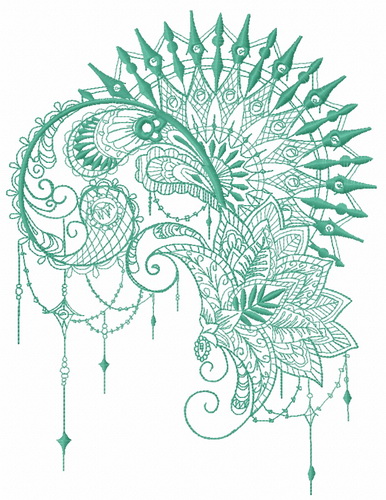


Watch the video to get a coupon code to save $5 on the Hope Angel, a tiny, delicate angel with a “cause.” I’ve stitched her cause ribbon in pink but you could obviously swap in any color or leave it white to look like a sash.In this section of our machine embroidery catalog you will find some beautiful free standing lace embroidery designs. The difference between different types of lace.Tricks at the machine to make sure your lace is clean and crisp.Which threads to choose both in the needle and the bobbin.In this video, which is really a full-length class rather than a 5-minute YouTube snippet, you’ll learn: We also have newer and better products that weren’t available back in the mid-nineties that stitching lace even easier.

I’ve experimented with different techniques and products and you’ll learn about them in this free class. In the time since I created that first free-standing thread design, I’ve learned quite a bit about digitizing and stitching lace. I call it instant lace because it is much faster to digitize than traditional lace, which must be carefully drawn and planned to hold together after the stabilizer is removed. I didn’t really think of it as lace and indeed, it really more closely resembled the designs I call “instant lace,” which is what a lot of companies call their FSL – several layers of open fill placed at opposing angles to support satin stitches. I realized that I could reproduce that same type of work via digitizing. Patsy’s program didn’t even mention embroidery machines she was demonstrating free-motion embroidery on a burn away stabilizer called Heat-Away from Sulky. There weren’t a lot of embroidery machines then-possibly Janome, Brother, and what I owned, a Huskygram.

The first free-standing thread design I ever digitized and stitched was back in early 1995 after Patsy Shields, a Sulky educator, presented a program to our Pfaff Creative Club, a monthly meeting hosted by our local Pfaff dealer, Beach’s Sewing Center in Cincinnati, Ohio.


 0 kommentar(er)
0 kommentar(er)
